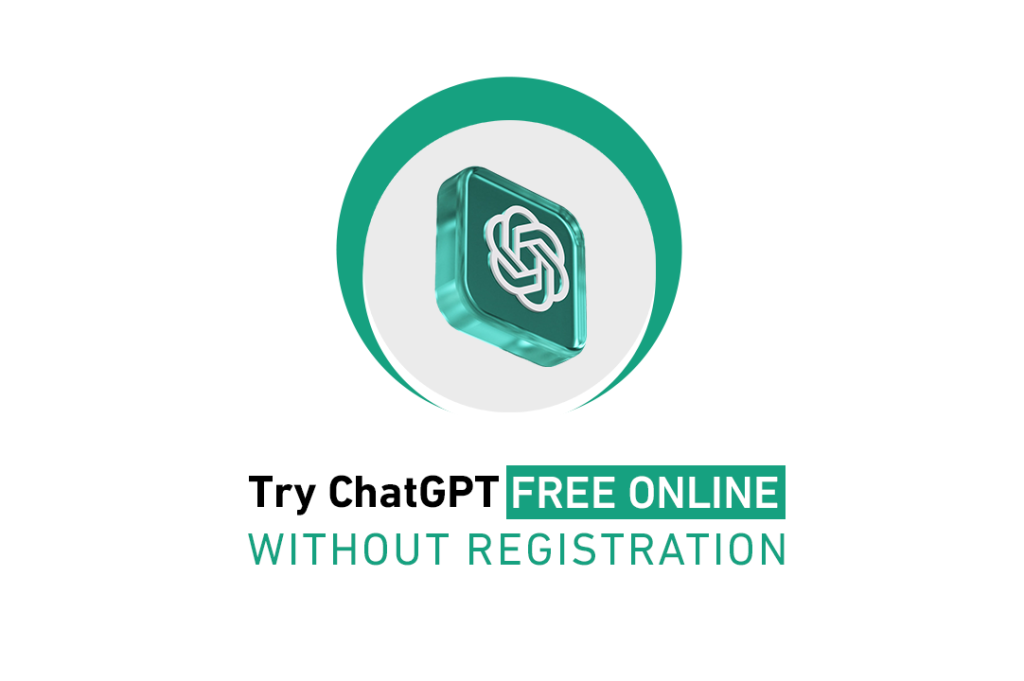Since the launch of the ChatGPT website on November 30, 2022, this innovative model has become the talk of the town. But what is ChatGPT and how can it be used? This new technology raises many questions about its role in the future. Will it contribute to greater efficiency in various sectors? And what are its possible applications in our daily lives? In the coming lines, we will discuss how ChatGPT works and how it differs from traditional search engines.

What is ChatGPT?
ChatGPT is an artificial intelligence model that is able to process natural language in a human-like manner. Thanks to this, it can answer many questions, even the most complex ones, and help you with a wide range of tasks, such as writing articles, translations, sending emails or even writing programming codes.
The San Francisco-based artificial intelligence company OpenAI managed to launch this advanced, open-source, and free model after a series of updates to the GPT-3.5 model that the company released a few years ago. This model is based on analyzing texts and converting them into images, videos, and more. Many experiments show that it is able to have varied and fluid conversations, just like humans.
This model was followed by the launches of the paid versions ChatGPT-4 and ChatGPT-4o.
How do you chat with ChatGPT?
To start chatting with ChatGPT:
- Go to the official website of ChatGPT .
- Log in or create a new account.
- The chat interface will appear.
- Ask any question that comes to mind.
Try ChatGPT Free Online Without registration
Try ChatGPT Plus Free Without Cost
History and Development of ChatGPT
ChatGPT’s development has been an impressive journey, from the first artificial intelligence prototypes to the advanced versions such as GPT-3 and GPT-4.
The journey began with designing early AI algorithms that were able to understand and process texts in a limited way. As the research progressed, we saw significant improvements in the ability to generate high-quality texts and understand complex contexts. Each new version of GPT brought improvements in accuracy, natural language understanding, and user interaction.
Differences between ChatGPT and other versions
The versions of GPT differ in many ways, especially in accuracy and interaction skills. For example, ChatGPT offers significant improvements over previous versions such as GPT-3 by providing more accurate and contextual answers.
ChatGPT’s AI also focuses on delivering more relevant and realistic content, making it a more effective tool for applications such as customer service and educational content creation. Improving the models’ capabilities in natural language processing ensures that users get a smoother and more efficient experience.
Challenges and Ethics of Using ChatGPT
Despite the many benefits of ChatGPT, there are also ethical challenges. One of the biggest challenges is how to ensure that AI is not used to spread misinformation or reinforce existing biases.
In addition, the use of ChatGPT raises privacy concerns, especially regarding how AI handles users’ personal data. Companies and developers should establish clear policies to ensure responsible use of this technology, with an emphasis on transparency and data protection.
The expected future of AI technologies
With the continuous development of AI technologies, ChatGPT is expected to play a greater role in our daily lives. In the future, we may see broader applications of this technology, such as in healthcare, where ChatGPT can help make initial diagnoses or support doctors in clinical decisions.
In the government sector, it can be used to provide citizens with more efficient and faster services. It is also likely that ChatGPT will play a greater role in entertainment, where it can create new interactive experiences.
Is ChatGPT good or bad?
Ultimately, it depends on the use case. Remember that what AI chatbots, and specifically ChatGPT, do is collect huge amounts of information and data from the internet. Then they try to structure this information based on very complex algorithms and neural networks to answer your question.
Since not all information on the internet is completely correct, but sometimes also very misleading, you should keep in mind that ChatGPT’s answers are not always 100% accurate. So you should not rely entirely on its answers without making an effort to verify them. It is better to use ChatGPT to stimulate your ideas and provide you with innovative ways to perform your tasks, rather than relying entirely on it.
As for the ethical question of whether it is good or bad, the current restrictions make ChatGPT ethical overall. However, this also limits its access to new information and largely prevents it from being used in inappropriate ways. If a way is not found to make ChatGPT more free in its responses within an ethical framework, this could potentially lead to its demise, according to experts.
What is better: Google or ChatGPT?
The choice between Google and ChatGPT depends on the purpose of use:
Google: Google is a powerful search engine that indexes billions of web pages. It allows users to access information through search results that are ranked according to advanced algorithms. Google is the ideal choice for searching websites, news, official sources and general data.
ChatGPT: On the other hand, ChatGPT is an advanced AI model designed to understand texts and conversations. It helps users get instant and quick answers to their queries without having to navigate between web pages. Moreover, ChatGPT excels in interactive help, article writing, generating creative ideas, and simulating human conversations.
So, Google is perfect for searching for websites and general information, while ChatGPT is an excellent choice for getting instant answers, interactive conversations, and help with content creation.